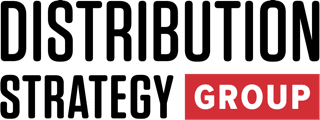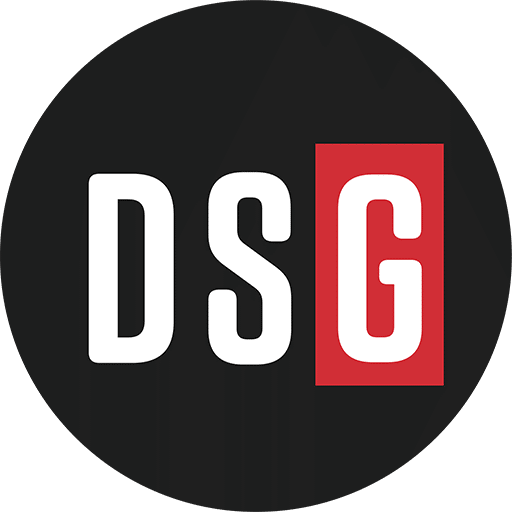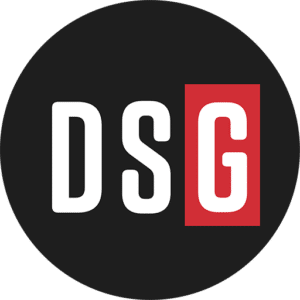Fastenal Company’s third-quarter performance underscored a reality many distributors are still grappling with: even in a stagnant industrial economy, disciplined execution and digital integration can deliver double-digit growth.
The Winona, Minnesota–based industrial and construction supplies distributor reported third quarter net sales of $2.13 billion, up 11.7% year over year, marking its second straight quarter above the $2 billion threshold. Net income rose 12.6% to $335.5 million, and operating margin expanded to 20.7%, its highest level in more than a year. Gross margin improved 40 basis points to 45.3%.
“The industrial economy remains sluggish, essentially flat,” said Jeffery Watts, president and chief sales officer. “I’d characterize our growth as mostly self-help and market share gains rather than any particular macro lift.”
With the U.S. manufacturing purchasing managers index averaging 48.6 in the quarter—signaling contraction—Fastenal’s outperformance reflected its ability to grow in the absence of tailwinds. “We plan the work and work the plan,” Watts said. “Our underlying growth remains strong and steady.”
Much of that growth came from deeper penetration with large customers. The number of customer sites spending more than $10,000 per month with Fastenal rose 8.1%, while sites spending more than $50,000 per month—typically on-site programs—grew 15.4%.
Watts shared the story of a long-standing manufacturing client that expanded Fastenal’s footprint from two to five plants. “That didn’t just happen by accident,” he said. “It was our team proving themselves and offering new solutions and new product lines.”
Fastenal also broadened its reach into nontraditional sectors. “Our business with health care, education, and government customers grew nicely, and our sales to warehousing and logistics companies were up significantly,” Watts said. “These segments help diversify our base.”
Technology continues to underpin Fastenal’s expansion. Its Fastenal Managed Inventory (FMI) network—comprised of smart vending and bin-stocking systems, grew 8.7% year over year to 134,000 devices worldwide. Daily sales through FMI technology increased 18%, accounting for 45.3% of total quarterly revenue. Combined with ecommerce and e-procurement, digital channels represented 61.3% of total sales, up from 43% a year earlier.
“This program is not just expanding, it’s accelerating,” Watts said. “We’re deepening customer relationships with technology and on-site integration. It furthers our motto of growth through customer service.”
Fastenal’s pricing strategy reflected the company’s long-term approach to customer relationships. The distributor implemented a single pricing adjustment in August tied to new tariffs on steel and fasteners, contributing 2.4% to 2.7% to total growth—below earlier projections but consistent with a phased rollout.
“Our team has done an excellent job communicating with customers on pricing,” Watts said. “We’re not just passing on increases; we’re working side by side with our customers to find solutions and efficiencies. That kind of responsiveness builds trust.”
Sheryl Lisowski, chief accounting officer and interim chief financial officer, said Fastenal plans additional pricing actions in the fourth quarter that could lift price contribution to between 3.5% and 5.5%, depending on tariff outcomes. “It was another solid self-help–driven result in a soft market,” Lisowski said. “Fastenal has historically been able to win market share during periods of disruption on the strength of our nimble sales and our frugal, adaptive culture.”
Fastenal managed working capital with equal precision. Inventory rose 10.5%, reflecting efforts to offset tariff-related volatility and improve product availability. Accounts receivable increased 12.2%, tied to stronger sales among large customers with longer payment terms, while accounts payable climbed 14.3%.
Despite these increases, Fastenal generated $386.9 million in operating cash, equal to 115% of net income, well above its five-year average of 104%. “We remain comfortable with the cash generation of our model,” Lisowski said.
Chief Executive Officer Dan Florness used the call to reflect on how Fastenal’s culture of adaptability has shaped its success. “Ten years ago, the PMI was above 50, but our sales went negative, and we needed to regroup and figure out where we were going,” he said. “The themes that emerged were simple: think big about where you’re going, take steps toward the future, and never cling to the past because it’s comfortable and safe.”
Florness credited the company’s alignment around two enduring ideas: growth through customer service and growth through technology. “It’s never about us,” he said. “It’s about the customers and the market we serve.”
Fastenal’s quarter offers a roadmap for other distributors facing similar headwinds. Its playbook—anchored in operational discipline, data-driven pricing, and integrated digital infrastructure—shows how market share can be won even when industrial activity stalls.
“We’re aligned, we’re adaptive, and we’re customer-driven,” Watts said. “We invested in the right things—our customers, our technology, and the development of our people. We’re starting to fire on all cylinders, and it shows in the results.”
Don’t miss any content from Distribution Strategy Group. Join our list.


